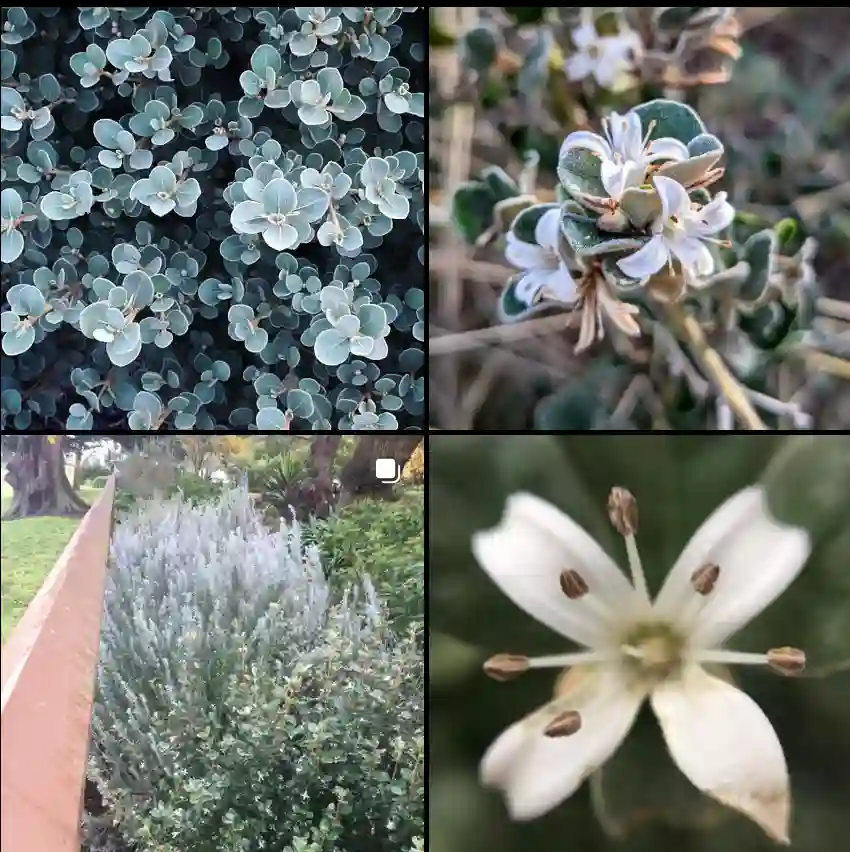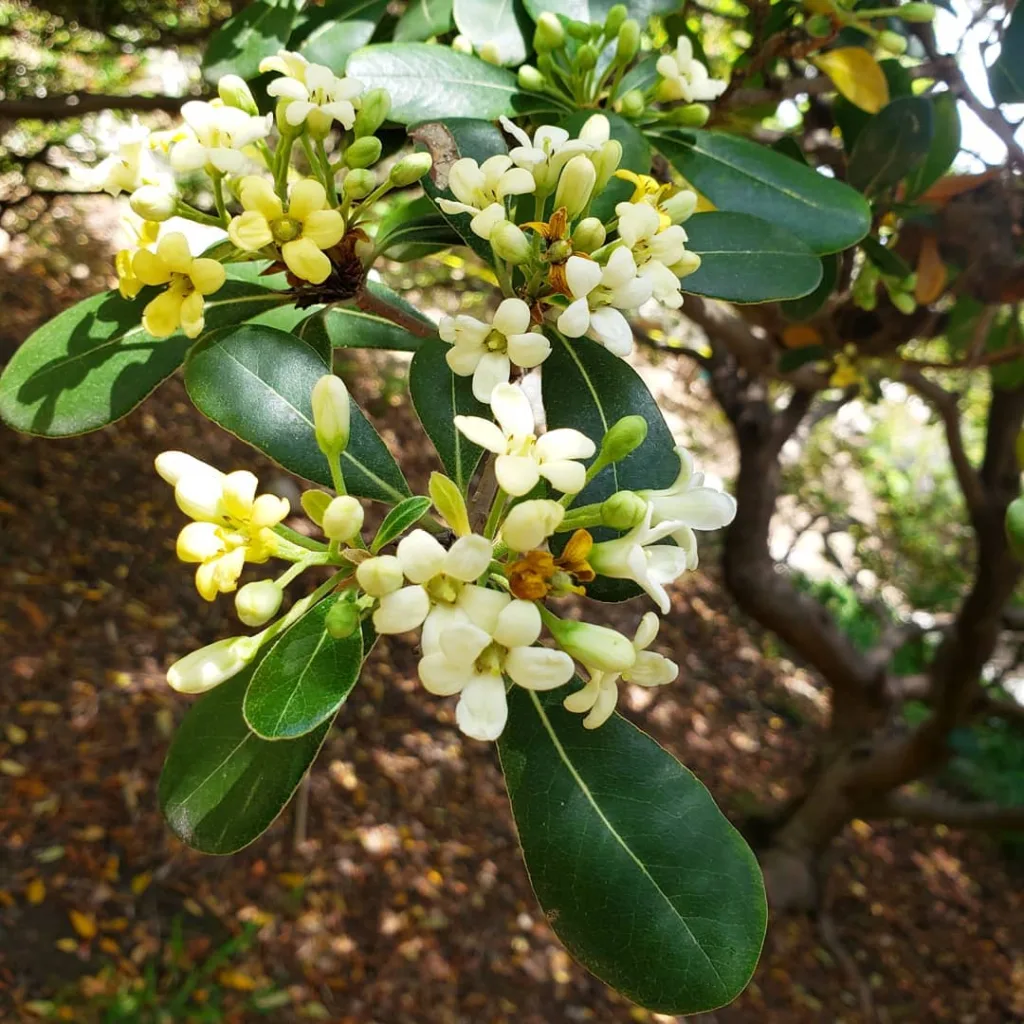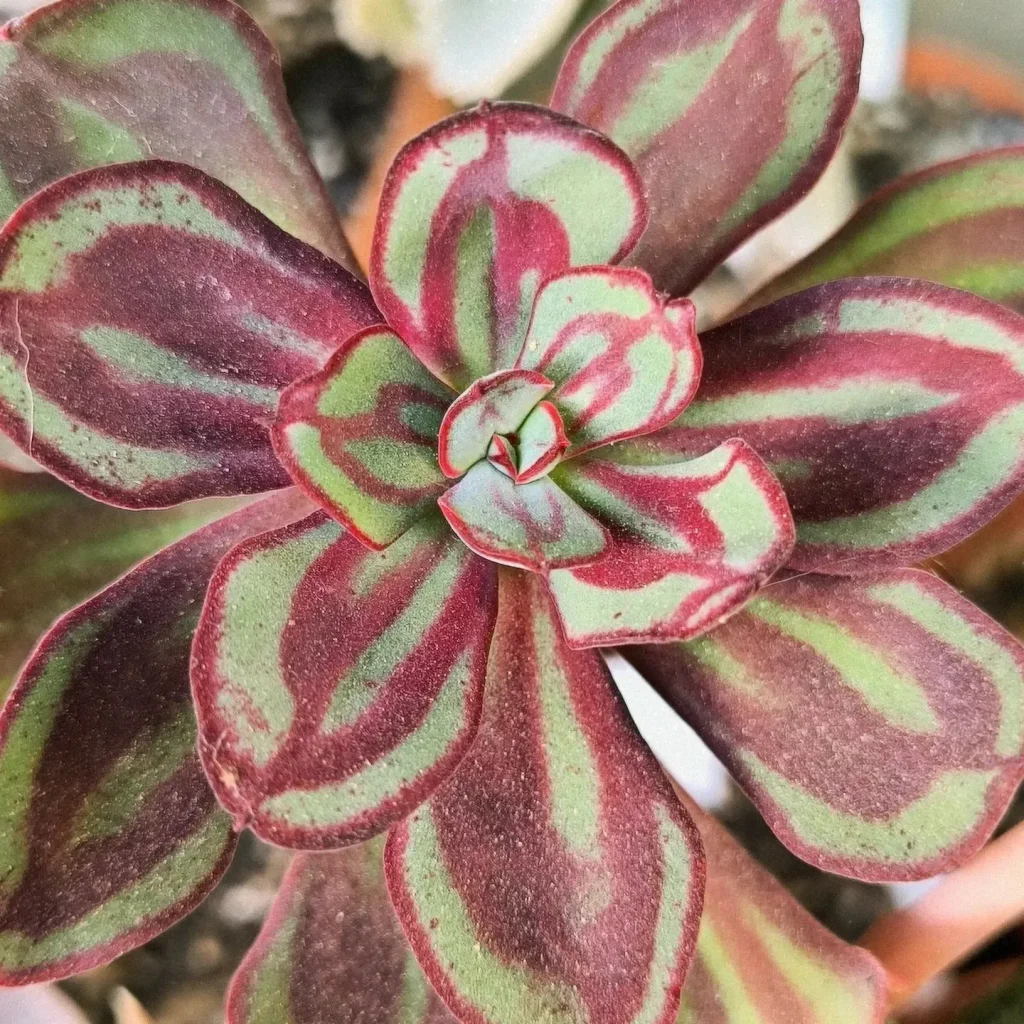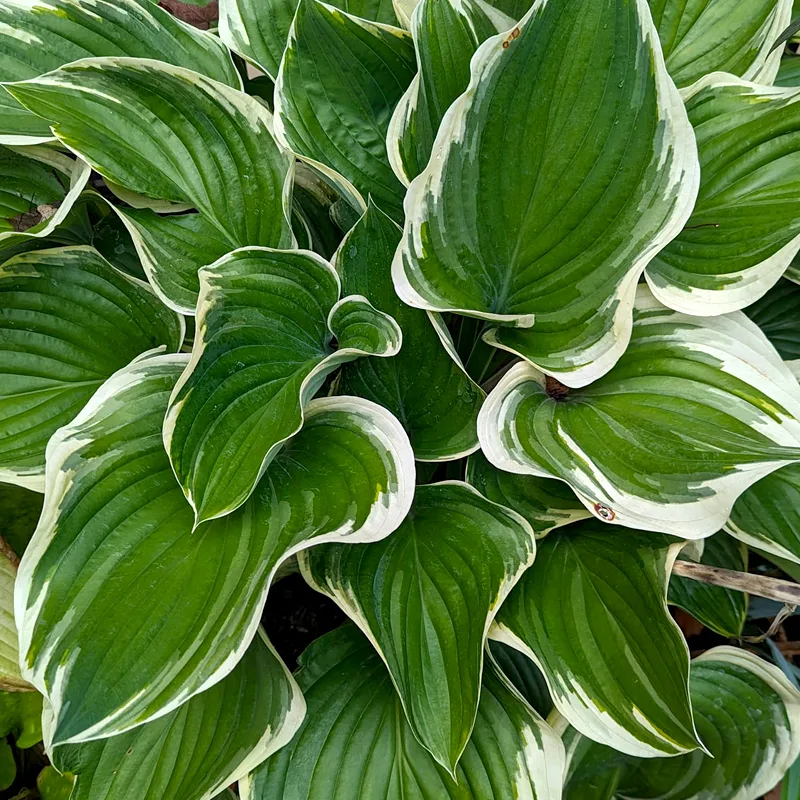Adonidia: A Palm for All Seasons
My name is Ferb Vu, and I’ve always been drawn to the elegant simplicity of palm trees. Their slender trunks and vibrant green fronds evoke a sense of tranquility and tropical beauty. Among the many palm genera, Adonidia, belong to the Arecaceae family, holds a special place in my heart. This genus, comprising a small group of pinnate-leaved palms, is native to the Philippines and Borneo.
Why Adonidia?
What captivates me most about Adonidia is its resilience and adaptability. These palms thrive in a variety of conditions, from full sun to partial shade, and tolerate a range of soil types. They’re relatively low-maintenance, requiring minimal pruning and fertilization. But beyond their practicality, Adonidia palms possess an undeniable aesthetic appeal. Their graceful form and vibrant green foliage add a touch of the exotic to any landscape.
The Species of Adonidia
The genus Adonidia currently includes two recognized species:
- Adonidia merrillii, often called the Christmas Palm or Manila Palm, is a small, elegant palm native to the Philippines. It’s well-loved in tropical and subtropical landscapes for its smooth, slender trunk, crowned by a compact canopy of feathery fronds. This palm produces bright red fruits around December, giving it the “Christmas” moniker. Growing up to about 20 feet, it’s ideal for small gardens or as an ornamental accent. Its resilience and relatively low maintenance make it a favorite for urban settings, and it adapts well to container growth, making it versatile indoors or out.
- Adonidia dransfieldii, native to Borneo, is a much rarer palm species that shares some visual similarities with A. merrillii but grows somewhat taller and has a slightly stouter trunk. Known for its attractive, gracefully arching fronds and a more substantial crown shaft, it adds a tropical flair to landscapes. The species is notable for its deep green foliage, which contrasts beautifully against its smooth, greyish trunk. As it matures, A. dransfieldii can produce fruits, although not as prolifically as its Christmas Palm counterpart. Its rarity and ornamental beauty make it a sought-after choice among palm enthusiasts.
My Experiences with Adonidia
I’ve had the pleasure of cultivating Adonidia palms in my own garden, and I’ve found them to be remarkably easy to care for. They’ve thrived in the humid subtropical climate of my region, requiring only occasional watering and fertilization. I’ve been particularly impressed by their resistance to pests and diseases, which is a major advantage in my area.
One of my favorite aspects of growing Adonidia is witnessing the lifecycle of the palm. From the emergence of new spear leaves to the development of the inflorescence and the eventual ripening of the vibrant fruits, it’s a fascinating process to observe. The vibrant red fruits against the backdrop of the deep green foliage are a sight to behold, attracting various bird species to my garden.
Adonidia in the Landscape
Adonidia palms are incredibly versatile in the landscape. Their relatively small stature makes them suitable for a variety of settings, from small courtyards to expansive gardens. They can be planted as single specimens to create a focal point, or in groups to form a lush tropical screen. I’ve seen them used effectively in street plantings, around swimming pools, and even in containers on patios and balconies.
The Future of Adonidia
As an enthusiast, I’m always eager to learn more about Adonidia and its potential. I believe this genus has much to offer in terms of both ornamental value and ecological benefits. Its adaptability to various conditions makes it a promising candidate for urban greening projects, and its ability to attract wildlife enhances biodiversity in cultivated landscapes. I’m excited to see how Adonidia continues to be utilized and appreciated in the years to come.
If i die, water my plants!



